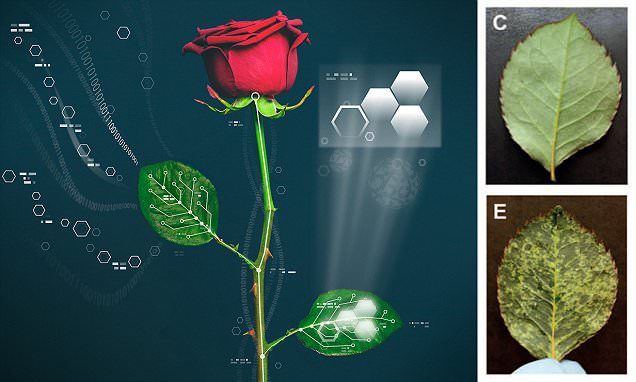Now there’s a lifeboat. However my life may be extended, if anyone lives that long or some future generation has to deal with it, at some point this universe will be far less friendly to life than it already is. So, a way out?
Billions of years from now, the universe as we know it will cease to exist. The good news is, that gives us a lot of time to prepare, and maybe even figure out a way to cheat cosmic death. Here are some possible ways our descendants might survive a cosmological apocalypse.
The Universe, like the organisms that reside within it, is a mortal entity. Born in the Big Bang, it will eventually meet its fate through an equally cataclysmic process, whether it be in the form of a Big Rip, a Big Crunch, or an eternal deep freeze. Regardless, all life as we know it will be extinguished.
Unless, of course, our highly advanced offspring can find a way to escape the confines of the cosmos—or more radically, change the rules of the cosmological game.






